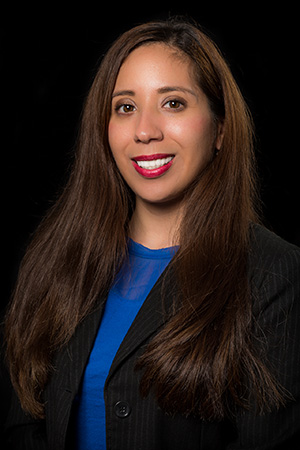Using technology to remove language barriers
By Dominica Garza, Communications Manager
Language is something many of us take for granted – the ability to communicate with others, to read, to write. Communication helps us to create shared meaning between two or more parties. But, what happens when there are barriers to communication like the inability to read or to understand the native language of the country in which you reside, or much worse, what if you cannot speak the language?
A PBS special titled, "Do you speak American? Texas English," asserts that English is, historically, the second language of the state. Even setting aside the languages of Native Americans in the area, Spanish was spoken in Texas for nearly a century before English was. According to the Modern Language Association's Language Map Data Center, more than 90 languages are spoken in Texas. Of that, English is spoken by 65.80 percent of people over five years old in Texas, while languages other than English are spoken by 34.20 percent.
This diversity makes it especially difficult to provide education, and diagnose and treat health conditions. Language differences can be a huge barrier in providing effective healthcare.
Diabetes, obesity and mental illness – some of the more prevalent conditions faced by Texans – don't discriminate based on language. Because of this, it's important for healthcare providers to acknowledge the importance of language when interacting with their patients or clients. At Methodist Healthcare Ministries (MHM), we understand the vast landscape of spoken language in South Texas. To help our healthcare providers and team members performing outreach, we contracted with LanguageLine Solutions® to provide us with access to their over-the-phone operating system. The system provides team members with access to a LanguageLine interpreter to listen to a patient or client, analyze their message and accurately convey its original meaning to the MHM staff person.
It's been a great tool to help remove language barriers and address health concerns. Many patients or clients who seek our help are already in distress. They sometimes fear hospitals and clinics because they do not have the means to afford treatment or they are coming to us as a last resort and are in dire need of assistance. In this state of heightened distress, we want to eliminate obstacles that slow down or hinder our ability to provide care or treatment. LanguageLine is a resource to help us provide care in the communities in which we serve.

